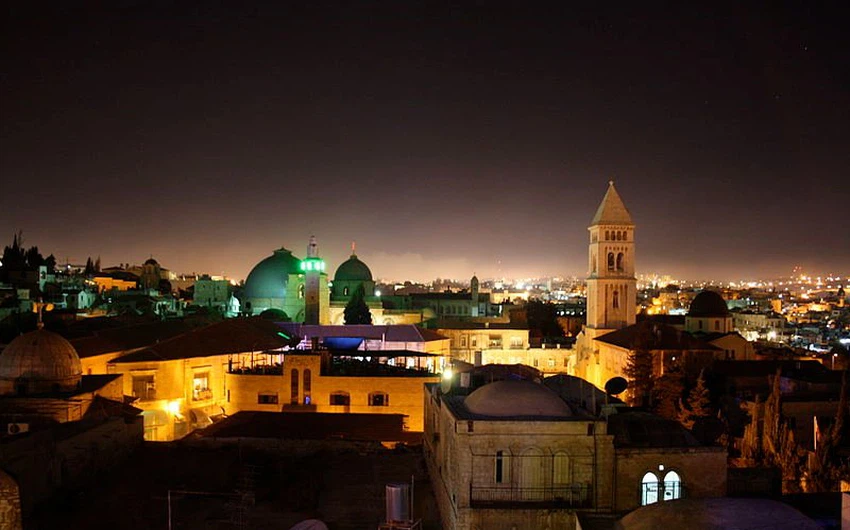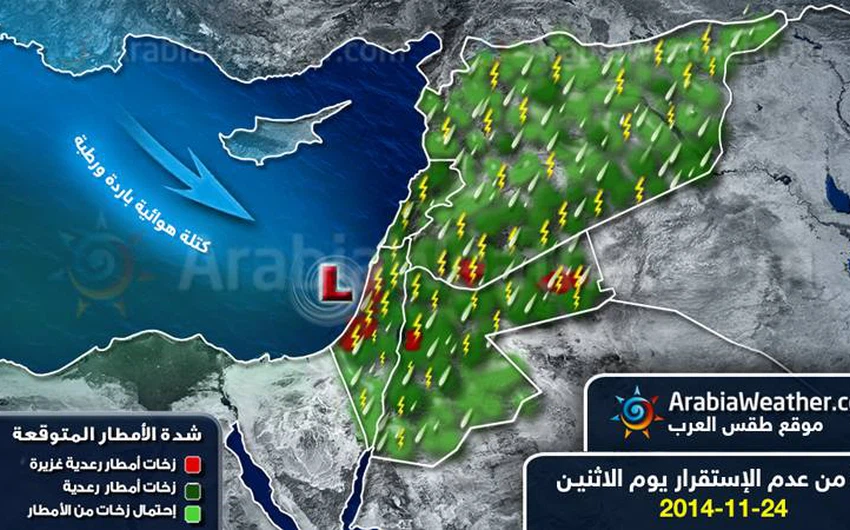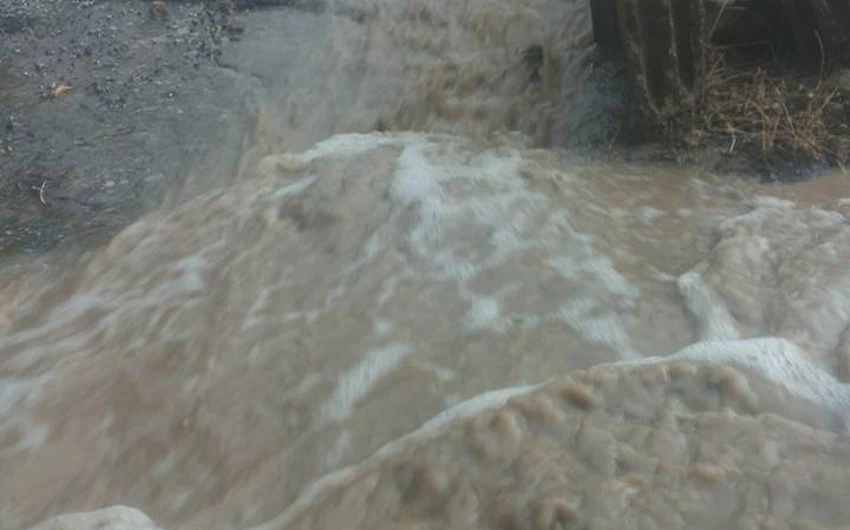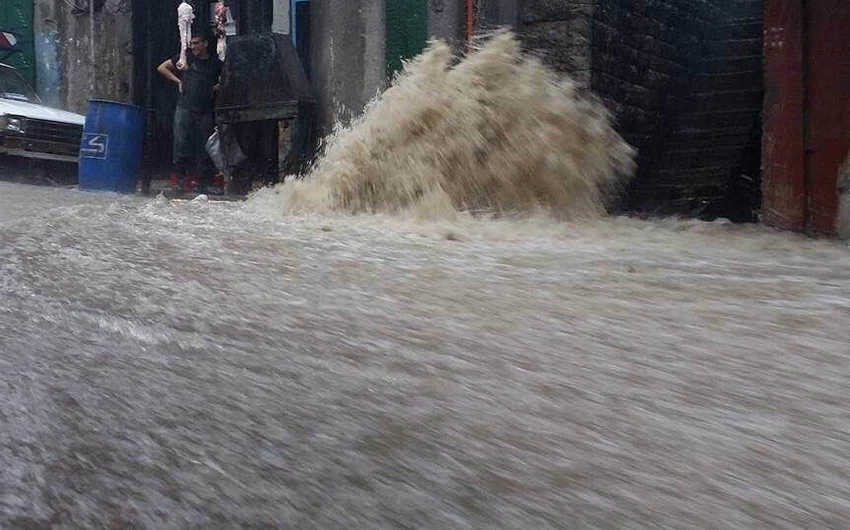بالصور : في أواخر آب ، عدة مناطق في شمال لبنان تشهد فيضانات وتساقط للبَرَد
موقع Arabiaweather.com - شهدت مناطق عديدة من جبال شمال لبنان وسهل عكار وبعض مناطق البقاع الشمالي نهار الأحد ، هطولات مطرية رعدية غزيرة وسيول رغم أننا في أواخر شهر آب المعروف شعبياً باللهاب ! هذا و ترافقت مع هطول غزير لزخات البَرَد في العديد من المناطق .
هذا وقد أشارت التقارير الصادرة عن طقس العرب الى احتمال تشكل السيول في المناطق الشمالية من لبنان يوم الأحد وبالأخص مرتفعاتها الجبلية نتيجة تأثر البلاد بمنخفض جوي سطحي متزامن مع امتداد لمنخفض جوي في طبقات الجو العليا ما سينجم عنه تشكل حالة من عدم الاستقرار الجوي .
تجدر الإشارة الى استمرار الفرصة لهطول زخات محلية رعدية في جبال شمال لبنان نهار الاثنين لكن بشكل أقل من الأحد . قبل أن تستقر الأجواء يوم الثلاثاء مع ارتفاع درجات الحرارة ان شاء الله .
مصدر الصور : صفحتي LBCI وصفحة Lebanon weather forecast على الفيسبوك .
Arabia Weather App
Download the app to receive weather notifications and more..










